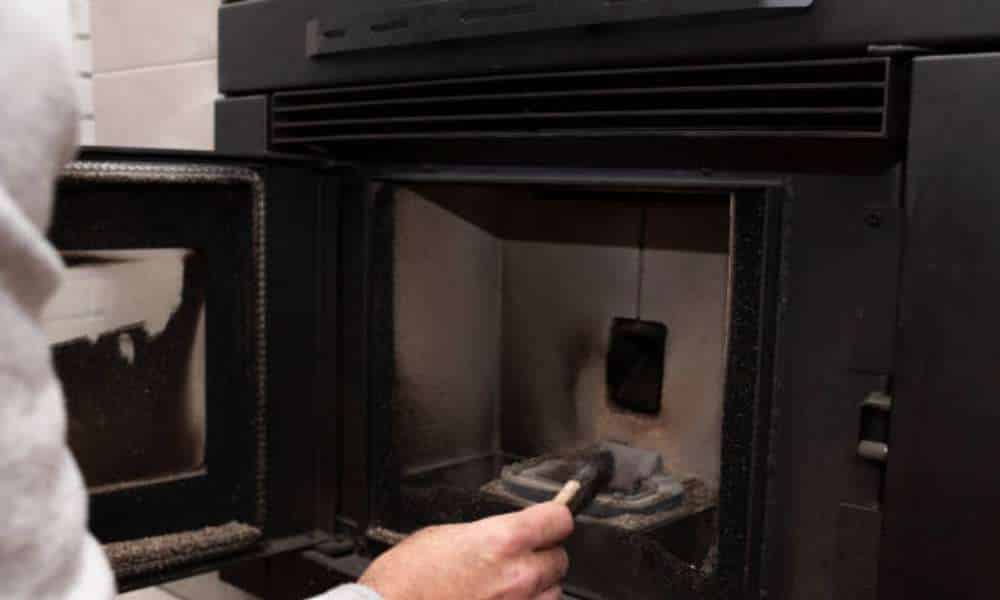Gas fireplaces provide a convenient and cozy way to warm your home without the mess and effort associated with traditional wood-burning fireplaces. Whether you’re enjoying a quiet night in or entertaining guests, learning to operate your gas fireplace safely and efficiently can enhance the ambiance of any room. In this guide, we’ll walk you through the basics of how to operate a gas fireplace, from starting the fire to essential maintenance tips, ensuring you can enjoy the warmth and comfort it brings to your home.
Understanding Your Gas Fireplace
Understand they operate using natural gas or propane, ignited to produce a controlled flame. This heats a metal exchanger, with a blower pushing warm air into the room. Without needing a chimney, they vent gases outside through a wall or roof, simplifying installation.
A key part is a thermocouple or thermopile, which detects the pilot flame and shuts off the gas if the pilot light goes out, preventing gas buildup.
Prepare Your Space
Take a moment to ensure the area around it is clear of any objects or materials that could catch fire. Remove newspapers, books, textiles, and any flammable liquids from the vicinity. This not only promotes safety but also enhances airflow, contributing to a more efficient heating process. Open any necessary venting and confirm that the chimney or direct vent is unobstructed, ensuring gases can escape safely.
Start by Lighting the Pilot Light
To light the pilot light, first locate the ignition button or switch it on. It is usually found behind the front panel of the fireplace, which may need to be opened or removed. Turn the control knob to the “pilot” position, then press and hold it down. While holding the knob, press the ignition button or use a long lighter to ignite the pilot light manually. You may need to hold the control knob down for 30 seconds to a minute after the pilot light ignites to ensure it stays lit. Once the pilot light is stable, you can move on to the next step.
Ignite the Fireplace
Turn the control knob from the “pilot” position to the “on” position. This action enables gas to flow to the main burner. Following this, adjust the flame height or thermostat to your desired setting, if your fireplace is equipped with these options. Many offer a range of settings to control the intensity of the heat output and the appearance of the flames, allowing you to create the perfect ambiance for any occasion. Once set, the fireplace will begin to produce heat, radiating warmth into your space. Make sure to monitor the fireplace as it operates to ensure everything functions as expected.
Adjust the Flame
One of the key components that determine how your gas fireplace works is the ability to adjust the flame. Adjusting the flame is an easy way to enhance the ambiance and control the heat output. Most models will have a dial or lever that allows you to adjust the height and intensity of the flame. You can find this control, typically, near the spot where you turn the fireplace on or adjust the thermostat. Experiment with different settings to find the perfect balance of warmth and visual appeal for your space. Remember, a higher flame means more heat but also more fuel consumption, so adjust according to your immediate needs and preferences
Turn Off the Fireplace
You will typically follow a process that is almost as straightforward as turning it on. Firstly, if your fireplace has a thermostat or remote control, set it to the off position. Next, locate the main control knob inside, Which you previously used to ignite the fire and adjust the flame. Turn this knob to the “off” position. This action will cease the flow of gas to and extinguish the flame. If your model utilizes a pilot light that stays lit, you may leave this as is, according to your fireplace model’s instructions. Finally, if you opened the front panel or removed any protective screens to access the controls, ensure these are securely replaced. Always allow the fireplace to cool completely before attempting to clean it or perform any maintenance.
Maintenance Tips for Optimal Performance
- Inspect the Ventilation System: Ensure the venting system is clear of any debris or blockages. A blocked vent can lead to dangerous gas build-up inside your home.
- Check the Gas Lines: Look for signs of wear and tear on the gas lines. Any damage to these lines can be hazardous and should be repaired immediately.
- Clean the Glass and Interior: Over time, soot and condensation can accumulate on the glass and inside. Cleaning these areas helps maintain clear viewing and efficient operation. Use cleaners designated for fireplace glass to avoid damage.
- Replace Batteries in Detectors and Remote Controls: Carbon monoxide detectors and any remote controls for should have their batteries replaced regularly to ensure they are always in working order.
- Inspect the Burner and Logs: Check the condition of the burner and logs for any damage or significant wear. Cracked or deteriorating logs should be replaced.
- Professional Inspection: Beyond basic cleaning and checks, having a professional inspect your fireplace annually is crucial. They can check gas pressures, test safety features, and clean components like the pilot and burner.
Conclusion
Maintaining and operating a gas fireplace responsibly is essential for ensuring the safety, efficiency, and longevity of your heating source. By following the outlined steps and tips diligently, from lighting the pilot light to carrying out regular maintenance, you create a secure and enjoyable environment for yourself and your family. Remember, the annual inspection by a professional is not just a recommendation but a preventative measure to safeguard against potential hazards. Warmth and comfort can be yours, season after season, with the right care and attention to needs.



